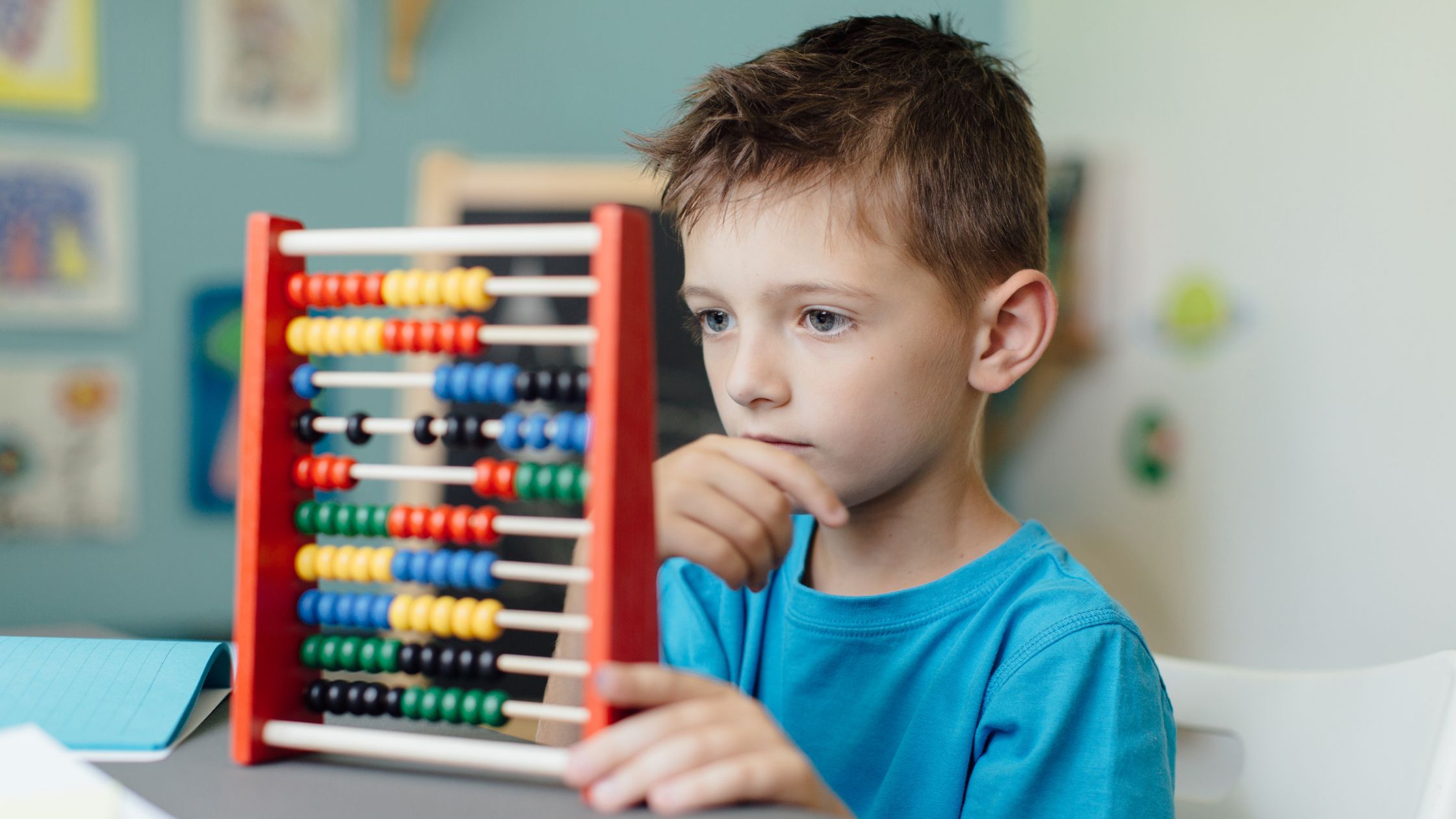What Do We Mean By Critical Thinking And Problem-Solving?
Critical thinking involves analysing information, making connections between different pieces of information, and evaluating outcomes. Problem-solving is the ability to identify challenges and devise effective solutions. Both skills are interlinked since the ability to analyse a problem can lead to seeing a solution. There are several ways that you can encourage these skills in your young learners and we have listed some key ones below.
- Encourage curiosity and enquiry
Create an environment where questions are welcomed and valued, and allow time for children to explore and investigate topics fully. Asking open-ended questions that require more than a “yes” or “no” answer can help, for example, “Why do you think this is happening?” or “What do you think will happen next?” - Model thinking processes
Children learn by example so demonstrate your own critical thinking processes by speaking them aloud. For example, when faced with a problem, verbalise your own thinking by saying: “I wonder why this isn’t working. Maybe if I try it this…” This helps children understand that thinking is a process and there are stages that they can work through to reach a solution, encouraging them to adopt similar strategies. - Provide hands-on learning experiences
The EYFS requires settings to establish “enabling environments” which encourage children to engage in activities that require them to think critically and solve problems for themselves. Using manipulatives or hands-on/active learning experiences such building blocks, puzzles, role-playing scenarios or simple scientific experiments will allow them to make predictions and test their ideas in a physical way. - Allow for mistakes
Make sure that children feel safe to express their ideas and make mistakes – this is crucial if children are to learn that mistakes are part of the learning process and to discourage not-trying because of a ‘fear of failure’ that could hold them back in future. A supportive environment where efforts are praised whether outcomes are successful of not, encourages children to take risks and learn from their experiences. In practice this means saying things like: “Well we didn’t manage to build the tower up to the table, but what is great is that we did work out the best way that the blocks fit together. Well done. Next time, we can use this to help us build it a bit higher.” - Use real-life problems
This can help children practice being in real-life circumstances and connects different areas of the curriculum into situations they can recognise. For example, setting up a small shop or play kitchen can teach them about numbers, science, nutrition, decision-making, and social interactions. - Encourage reflection
After completing an activity, encourage children to reflect on what they did, what worked/didn’t, and what they could do differently next time. This reflection helps solidify their learning and improves their problem-solving skills. You could even set up a display showcasing the steps that worked/did not work on the way to finding a solution. For example, trying to carry water in different containers – the results from using a bowl, tray, colander and jug would be vastly different. But they could learn that using a colander does not help them get water efficiently from A to B, but might be a fantastic way to water the flowers! - Promote collaborative learning
Encourage group activities where children work together to solve a problem so they can listen to other people’s ideas and learn from different approaches. It can also encourage teamwork, socialisation and a sense of community and purpose.
Examples Of Suitable Activities For Critical Thinking And Problem-Solving
Below are some activities that you can use to develop critical thinking and problem-solving skills, along with suggested adaptations for children with special needs.
Marble mazes
Create a simple maze on a piece of paper and have children guide a marble through it by tilting the paper. This helps spatial awareness and fine motor skills.
Adaptation: Use larger, easier-to-handle objects like balls instead of marbles. Simplify the maze or use tactile materials to help children with visual impairments.
Building Towers
Use blocks, Lego, or even household items like kitchen roll inserts and boxes to challenge children to build the tallest tower they can. This encourages them to think about balance, structure, and they can learn about gravity too.
Adaptation: Provide larger, more stable building materials. Use Velcro blocks or magnetic tiles for children with fine motor challenges. Offer hand-over-hand help if needed.
Puzzles And Pattern Recognition Games
Start with simple puzzles like jigsaws or pattern recognition games and gradually increase the complexity as the child’s experience and knowledge grows.
Adaptation: Choose puzzles/patterns with larger pieces and clear, contrasting colours. Start with only a few pieces and gradually increase the complexity.
Role-Playing/Storytelling Scenarios
Set up scenarios and stories where children can practice real-life situations, such as running a small shop, driving a toy car on a pretend road or building a shelter/den.
Adaptation: Use visual aids, such as picture cards or social stories to help children understand the scenario. Simplify the roles and scaffold by providing clear, step-by-step instructions if needed and use sensory stories to help children experience the situations more fully.
Treasure Hunts
Create clues to help children follow a trail or get them to find items in the setting (indoors and outdoors). Clues can involve number and word puzzles, identifying objects or answering questions.
Adaptation: Create a visual checklist with pictures of the items to find. Limit the number of items and ensure they are easily accessible. Pair children with a buddy for additional support.
Other Activities For Critical Thinking And Problem-Solving
- Cooking and baking
- Nature scavenger hunts
- Obstacle courses including getting the children to build their own course
- Water-play challenges
- Outdoor maths games
- Parachute games
- Creating a sun dial to explore shadows

